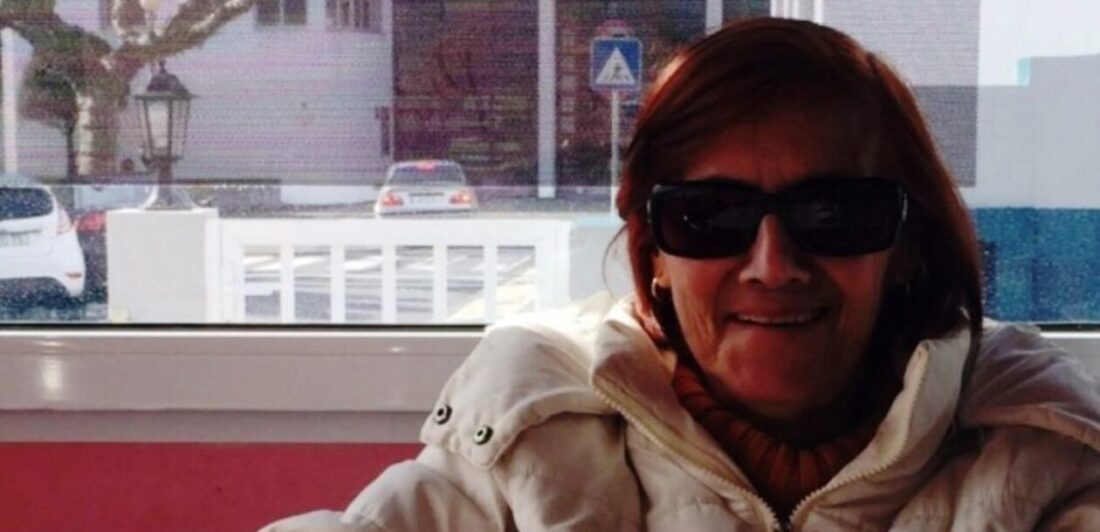Views: 0

1
h
Two stars both alike in dignity, in the fair Southern Ring planetary nebula where we lay our scene…
Ready for more stunning first images from the Webb telescope? Meet our “star-crossed lovers”: A dimmer, dying star expelling gas and dust, in orbit with a younger, brighter star. Webb has revealed for the first time that the dying star is cloaked in dust.
On the left is an image from Webb’s NIRCam instrument, which saw this nebula in the near-infrared. On the right is the same nebula as seen by Webb’s MIRI instrument in the mid-infrared. The stars – and their layers of light – steal more attention in the NIRCam image, while glowing dust plays the lead in the MIRI image. In thousands of years, these delicate, gaseous layers will dissipate into surrounding space.
The Southern Ring nebula is called a planetary nebula. Despite “planet” in the name, which comes from how these objects first appeared to astronomers observing them hundreds of years ago, these are shells of dust and gas shed by dying Sun-like stars. The new details from Webb will transform our understanding of how stars evolve and influence their environments.
Read more about these new images from Webb: nasa.gov/webbfirstimages/
Credits: NASA, ESA, CSA, and STScI
1 comment
Like
Comment
Share
1 comment
- Stephen Ray BarberI am so glad this amazing project went well. I am truly looking forward to what is coming !
